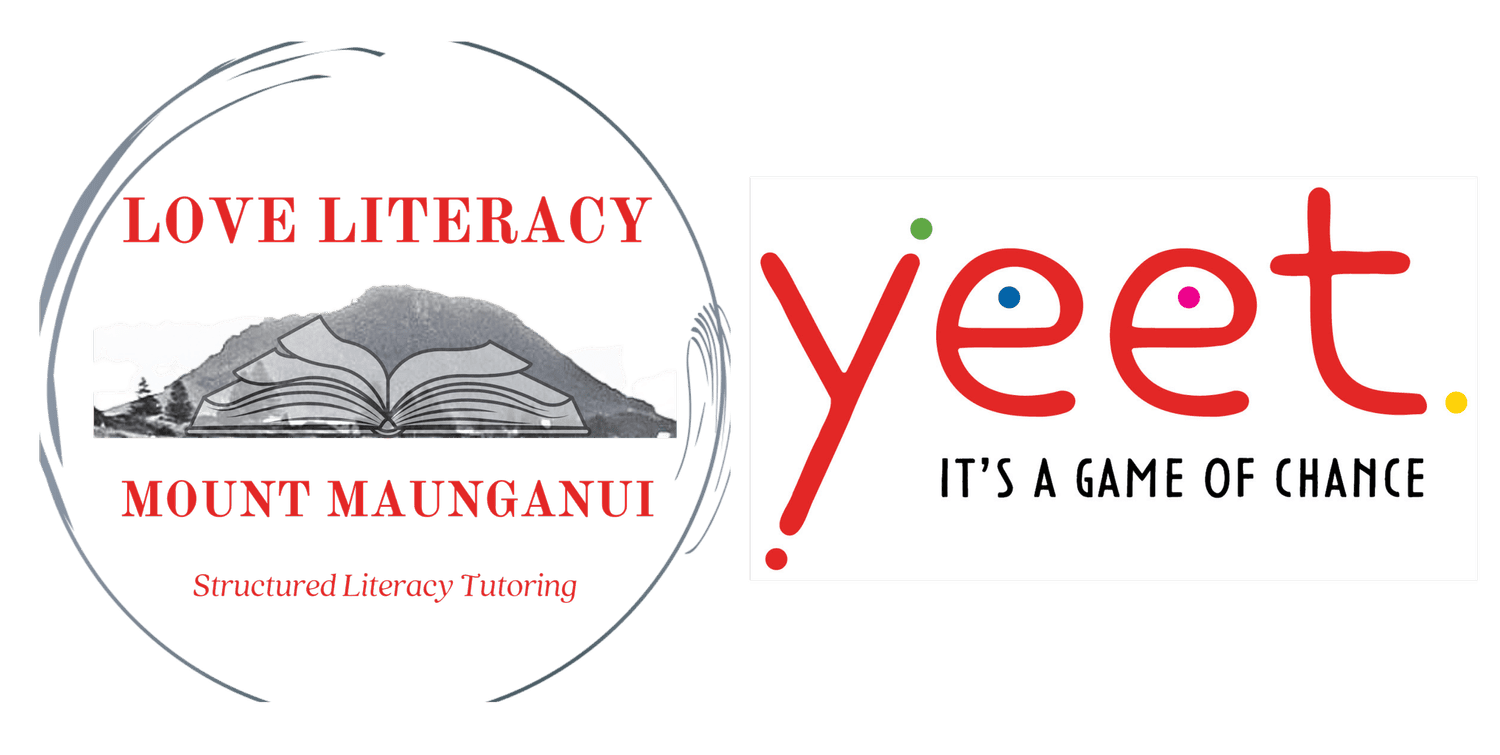What is the difference between a blend, and a digraph?
What is the difference between a blend, and a digraph? A good question! I like to describe blends as two or more letters that each represent their own sound, put together in words. For example, s and p are blended together in the word ‘spot’, but you can still hear their individual sounds. S, p, and l are blended together in the word ‘splash’ and again, you can hear their individual sounds. Some examples of blends are bl, dr, sp, and sc. Blends can be at the beginning, or the end of words. Blends at the end of words can be for example nk, (think), or mp (lump).
On the other hand, a digraph is when two individual letters that represent their own sound come together to make one NEW sound. For example, s and h come together to make ‘sh’ as in shop or wish. There are common and uncommon digraphs, for example, ‘sh’ and ‘ch’ are quite common, however, a digraph like ‘kn’ (knee or knight) or ‘wr’ (wrestle or write) is not so common.
For some students, the concept of blends and digraphs can be tricky. It’s really important to consider the working memory of some students with blends, as some students cannot hold more than three sounds at a time when isolating them for reading and spelling. Words with blends can commonly have four or more sounds (eg spot, scam, blip). Regular repetition of words with blends is important in order to augment reading and spelling growth.
Digraphs, on the other hand, represent a whole new sound! Learning this concept is important so students can instantly recognise that ‘s’ and ‘h’ together represent ‘sh’ as opposed to their individual sounds. sh- o- p sounds much better squashed together, than s- h- o- p!
